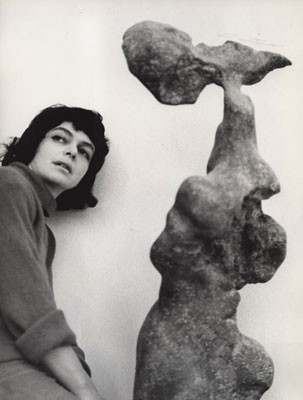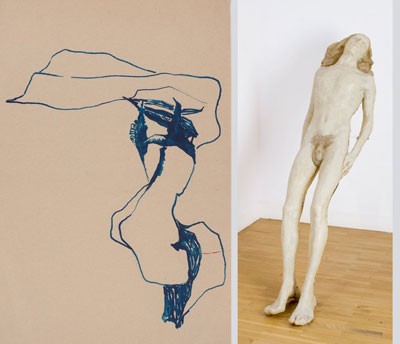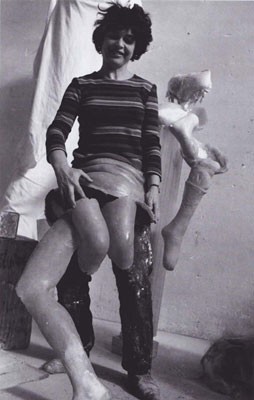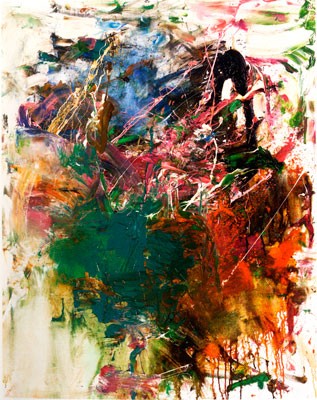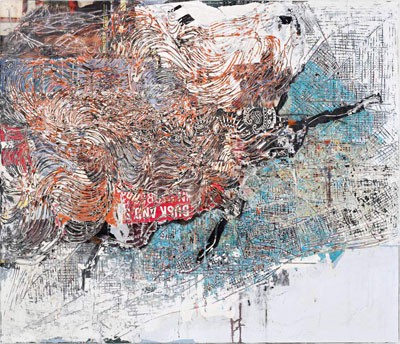There are much better exhibitions I have seen in the past and somehow quickly forgot. But here’s one, which I saw over the weekend at the Hammer Museum, that I cannot stop thinking about even though some of the artworks there, to put it politely, are not very good.
So let’s start with the difficult-to-pronounce, exotic name of the artist, Alina Szapocznikow. Born in Poland in 1926, she endured, as a child, unimaginable tragedy, first in a ghetto and then in a concentration camp. The exhibition starts with a video showing the charming, soft-spoken Alina talking about her art. I felt immediately won over by her sweet personality. I wish I could say the same about her art.
Until I received the catalogue of the exhibition, which introduces Alina Szapocznikow’s work to the American public for the first time, I didn’t know about her. And to be honest, seeing photographs of some of her sculptures, made out of cheap looking colored polyester resin and glass, and depicting mostly deteriorating body parts, my reaction was “yuck.” And indeed her works are not very photogenic; to fully appreciate them, one needs to see her sculptures and drawings in person.
Learning about Alina’s fight, first with tuberculosis and then with breast cancer, which ultimately claimed her at the age of 47, it is impossible to judge her works objectively. Knowing about the drama and tragedy of her life, one simply cannot help but see her art through the prism of her personal story. It is obvious that towards the end of her short life, her art was getting stronger and more daring. What’s really sad is that given a few more years, she would surely have reached her artistic potential and probably even become a great artist.
And still, I left the museum in a very good mood, thanks to another exhibition there, introducing us to the smart and adventurous private collection of Susan and Larry Marx, dedicated supporters of the Hammer Museum. There are 150 mostly small and medium-sized drawings and paintings, many of them by major artists such as de Kooning, Pollock and Joan Mitchell. The Marx collection demonstrates a rare, admirable consistency of their going after the best works by famous and established, as well as less well-known artists.
A few choice early works by de Kooning made me think about his recent knockout exhibition at MOMA. A small volcano of an oil painting by Joan Mitchell is yet another example of these collectors knowingly zeroing in on an artist, at his or her absolute best.
Top image: image: Alina Szapocznikow, Souvenirs, 1967; Polyester resin and photographs of Christian Boltansky and Twiggy; © The Estate of Alina Szapocznikow/Piotr Stanislawski/ADAGP, Paris; Courtesy Broadway 1602, New York.
Re-posted with permission from ArtTalk.

